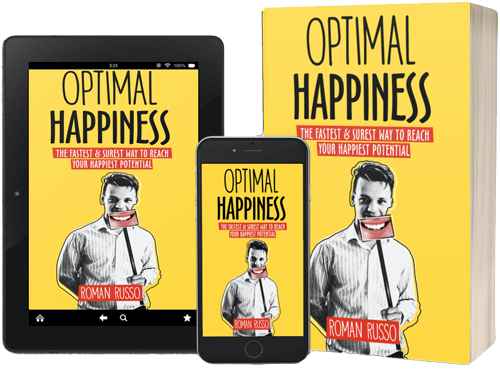
An enterprise client of Optimal Happiness hired me to improve corporate happiness, a trendy corporate training approach aimed at promoting well-being within a company and thereby increasing corporate productivity.
I discovered that their company was already doing many things right but needed a few small yet important adjustments. After all, the CEO already considered himself a great, friendly leader towards employees, clients, and shareholders.
However, being nice to everyone, although very important, doesn’t seem to be enough. In many ways, companies need to move away from traditional working methods if they truly care about corporate well-being and achieving the best results.
For example, if you have ever heard of the Pomodoro time management technique, it suggests that employees should take regular 15-minute breaks every hour (or some variation of this approach). This method promotes optimal energy management, maximizes attention, and helps avoid burnout.
In other words, people were never meant to work eight hours in a row, five days a week (or more), as is the practice in some companies. This schedule is completely unnatural for the human body and is exactly why even in the best companies, people often feel overwhelmed and experience stress, anxiety, unhappiness, and burnout.
As such, while most companies want to get the most out of their employees and push them to their limits, employees’ bodies and minds eventually give up under constant pressure, leading to decreased productivity.
To avoid this problem, companies should not only be friendly enough to avoid yelling at employees or firing them for taking too many long breaks but instead should actively encourage them to take breaks. After all, people can work well for extended periods if they take regular breaks. However, since most companies and employers view personal downtime as a sign of laziness and readily point out how easily replaceable people are, this often creates a negative environment where employees do not feel relaxed or able to perform their best work.
Thus, it’s not enough to say, “well, they can do it if they want,” because employees won’t just take a break. They aren’t used to it and are afraid to do so. Instead, management should actively promote employee downtime as an acceptable and welcomed practice, encouraging them to take breaks when needed.
People need to feel that it’s okay to take breaks and chat with their colleagues regularly, preferably without distracting others from their work, as often people chat in the middle of the office because they lack other opportunities to do so, which can distract some employees from valuable concentration. Instead, these interactions could occur during regular break times.
As a result, corporate productivity and employee satisfaction will rise. Companies will be better able to retain their best employees, and employee turnover will decrease, which is a great goal for any company to pursue.
To learn how you can increase corporate well-being, productivity, and happiness in your company, please contact us for more information about this service.
Stay happy















4 thoughts on “Actively Promoting Happiness at Work: Pomodoro Style”
Brilliant advice. A little kindness goes a long way.
excellent one
I really appreciated this post. I tend to be the kind of person who works when I work and plays when I play. Reading your post made me understand that others might need more connection during the work process, and that work environments should make space for this. Thank you.
I believe in helping people change their lives and that small changes can make a big difference—especially if we move away from traditional work methods, which will soon become obsolete. I’m glad this blog post helped you see your work environment in such a new light!